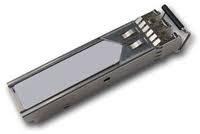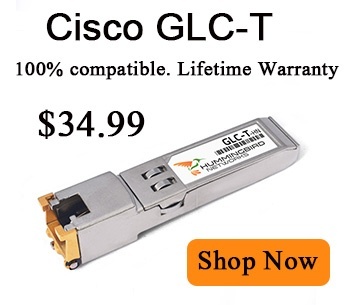Today’s competitive market puts a great deal of pressure on CIO’s, CTO's, purchasing clerks, and other personnel to keep costs down as much as possible without sacrificing quality or efficiency. That is a tall order indeed and one that has certainly had an interesting effect on the way business is conducted throughout the world. The demand for Cisco Compatible optics and Juniper Compatible optics continues to rise and consumers are constantly looking for options that relieve the financial burden of operations.
The unfortunate reality is that there is a huge price discrepancy between OEM products and their compatible counterparts, leading consumers to question why the discrepancy exists and if the discrepancy is a reflection of poor quality on the part of 3rd Party Distributors even while considering their purchase due to the savings involved. Is it possible for consumers to safely purchase optics from 3rd Party Distributors and reap the benefit of cost savings? Where did Compatible companies come from and why are their products so much less expensive than those sold by OEMs?
First, a History Lesson on Optical Transceivers:
The economy has been consistently struggling for years, now, which has had a direct effect on every industry in the nation. As budgets began to shrink while the demand for optics grew, conscientious CTO’s, Network Admins and purchasing clerks were forced to start looking into other options for supplies due to the seemingly outrageous costs of purchasing products directly from OEM’s. 3rd Party companies were born and began purchasing and redistributing compatible products at a fraction of what OEM’s were charging. The price discrepancy is so great that many consumers today are still unsure what is going on or if 3rd Party purchases are reliable.
Ultimately, the concerns boil down to one major question: Are 3rd Party Optics and other products of poorer quality and/or somehow different than those offered by OEMs?
In order to find the answer to these questions, consumers must understand how the manufacture and sale of optics works. Most consumers are under the impression that companies such as Cisco charge and arm and a leg for their products because they are the ones manufacturing them for full compatibility with their products. This is a reasonable assumption however; this is not actually the case. The reality is that every company in the world that sells or supplies optic transceivers and their components are pulling from the same handful of contract manufacturers. There are very few optical manufacturers in the entire world and those contractors supply every other company with their products, whether they be Cisco or Juniper or 3rd party distributors.

In truth, Cisco, Juniper and all the other name-brand product distributors may have never manufactured their own products. What they do is purchase their products from designated contract manufacturers that are pre-programmed with the specifications they need to make the optics compatible with their systems. Take Cisco, for example. They purchase transceivers from their manufacturers that are preprogrammed with specific firmware on the EEProm of transceivers so that it functions correctly in their unique switch platform. There are many similar examples of this in the industry; Cisco is not the only company doing this as it is basically standard practice for OEMs. Cisco then feels justified in marking up their optics by as much as 1000% because they have the reputation to do so. Consumers are unaware that they can get these same parts, with the same specifications for compatibility from 3rd party distributors for a tiny fraction of the cost.











